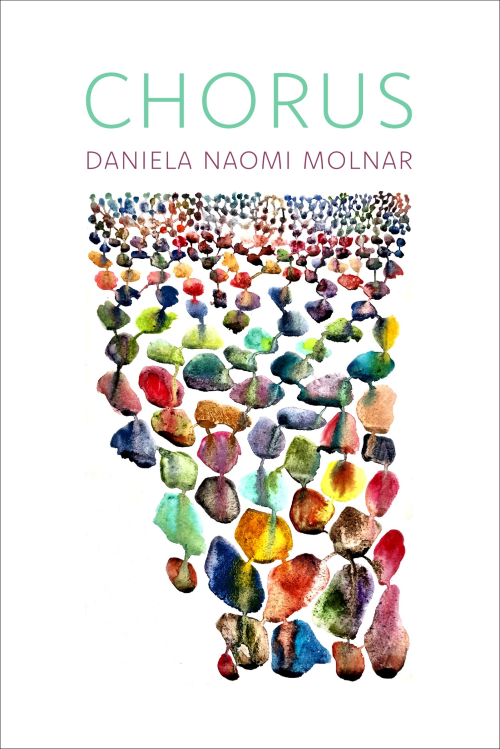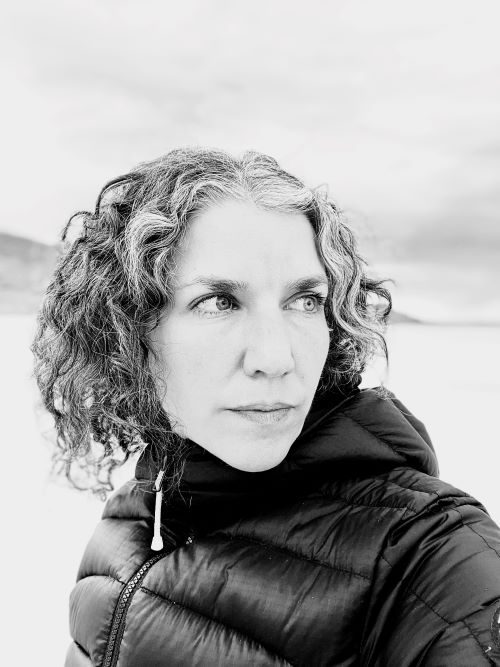Poetry is ligamentary, a rhizomatic mesh of roots that feeds on eternal forces to form new connections. Poetry is a way to be not-alone, to be part of an ancient interdependent system, a body: impure, precise, sensitive, miraculous, quotidian. A poem is an organism keeping life on.
A poem’s vital organs—metaphor, lineation, patterned sound—are organs of connection. Each, in its way, links seemingly disparate entities, creating vital new symbioses. This is how a poem undermines our ossified and overgrown illusion of separateness, that particularly noxious lie.
A poem enacts this refusal. It doesn’t say no, it is no. A poem refuses not through rhetoric or narrative but through its very body. No to fundamentalist versions of independence, that toxic idea so essential to the functioning of the late capitalist murder machine. No, you and I and all of this are one. We all need each other in order to live. Everything and everyone in every environment is essential.
Poetry is borne of an elemental urge to connect with the deep time wildness of language. Like a poem, language is an ecosystem, made of the same stuff we’re made of, which is the same stuff the planet is made of. To speak a word, we move air through the fiery earth of our body, from the wet inside skin of lungs out through the watery trachea by the muscled earthwater of the tongue.
Poetry is a way to wander through the rules of language the way one can wander through a wild place, following flows and fissures and curiosities rather than roads. In this way, apparently unlike things are connected by the wanderer. Wandering across a meadow, my body and consciousness, which in that moment are one, might connect the deep blue of a lupine with the searing chartreuse of a lichen, two organisms that perhaps have no direct ecological relationship, whose physical bodies might never touch, become connected in the poem of my consciousness. This connection can be preserved in a poem on a page and the connection is reanimated whenever the words are read or sung.
Like any good wander, a poem can start anywhere and go anywhere. In the vast/tiny place of a poem, any two or two billion entities can be linked. One conception of god in Judaism is Ha’Makom, The Place, a place that is made of mostly space. In life, in Ha’makom, nothing is separate, the poem says. Everything lives together in the place of space.
A poem is our larger mind, our ecological consciousness, made entirely of verbs. Look closely enough and all nouns are verbs: matter is mostly space, seldom interrupted by spinning, swirling molecules—all is process, not thing. A noun is a verb in the place of space. A poem holds this spacious kinetic restlessness and does not try to slow it.
An obsession with silence and space, generative rupture, “lavish absence”—this is one of the ways inherited trauma has shaped my life in ways beyond my control. But these silences and gaps are also essential elements of the creative process. I see these forceful voids as doubled zeros. I see them facing each other like eyes.




